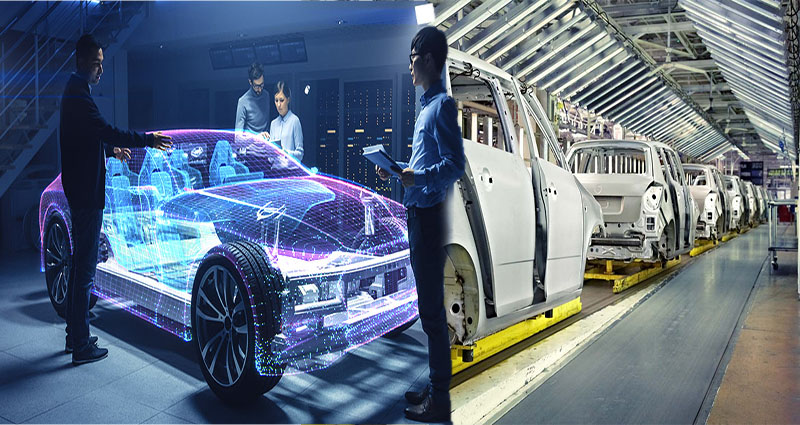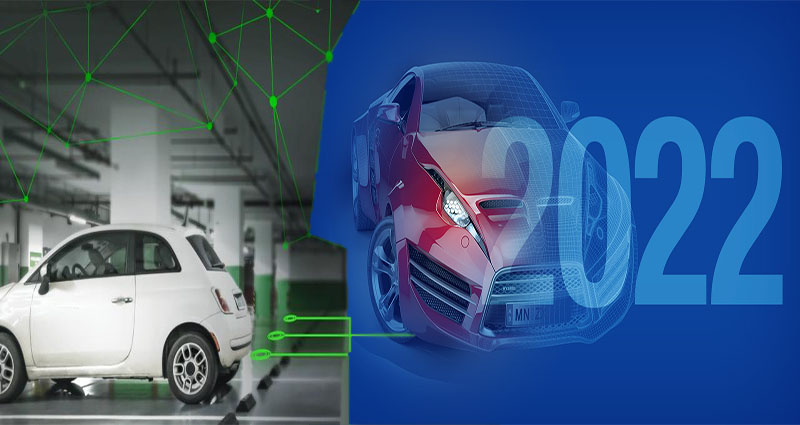Automotive Industry Trends
A recent study by McKinsey and PwC shows that the automotive industry is undergoing massive change. OEMs are evolving their collaboration strategies and ways of doing business to remain competitive. New technology such as fuel economy, sensors, and systems have increased the technical content of a vehicle. The car is also a communications, entertainment, and communication platform, and the OEMs must master all of these elements to stay ahead of the competition.
Rapid digitalization
As technology continues to improve and the cost of integrating new information becomes more significant, the auto industry is under intense pressure to meet consumer expectations. To compete, the industry must develop new ways to capture attention and spend on transportation. As a result, the auto industry needs to transform and focus on maximizing the value of digitalization. This article outlines the major challenges facing the industry as it tries to meet the demands of consumers.… READ MORE ...





